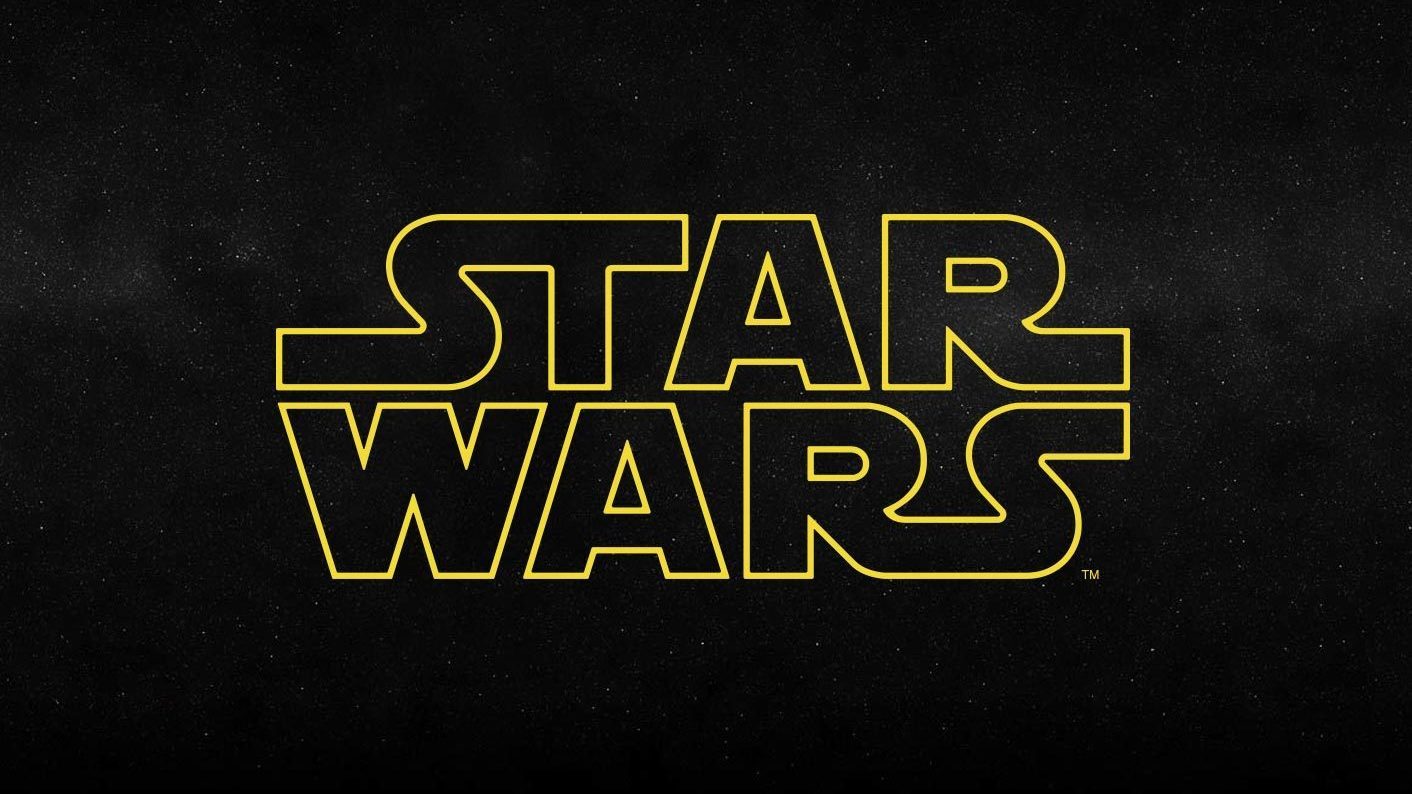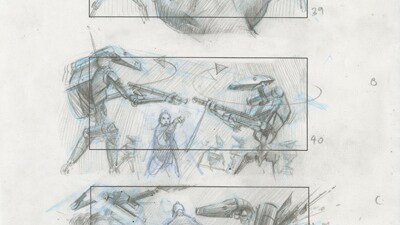
The easy answer is, look for an awe inspiring composition, a refined color palette, dynamic character poses, and original ideas. But my job in researching the Making of Return of the Jedi was to differentiate between a McQuarrie production illustration and his licensed artwork. Not so easy as it might sound, as they’re all stored together in the archives.
And not so easy because, starting with Empire, Ralph did 1) concept artwork to come up with solid visuals for George Lucas’s ideas and consecutive drafts of the script; and 2) licensed artwork intended to supplement those concepts, based on filmed portions of the film, which would be published in a portfolio edition. Some fans get confused because of the latter group, thinking that director Irvin Kershner and/or production designer Norman Reynolds were copying verbatim Ralph’s artwork—in fact the opposite was true. If the artwork and film moment are identical, Ralph was embellishing film stills in illustrated form, or taking approved designs and creating new illustrations after the fact, though they are nevertheless wonderful.

Some people also forget that Joe Johnston (and to some extent Nilo Rodis-Jamero on Empire and Jedi) designed nearly all the vehicles in McQuarrie’s artwork, from the X-wing, Millennium Falcon, and TIE fighter, to the AT-AT and speeder bike (with a few exceptions, such as Jabba’s barge, which Ralph tackled). Ralph would then synthesize the vehicles into unforgettable compositions, nailing the spirit of the designs, sometimes in concept illustrations, sometimes in licensed artwork.
Despite the high quality of all his artwork, I don’t want to mix those after-the-fact illustrations with genuine concepts in the book. And things were complicated by the fact that there were different reports from the period. One reliable source said that Ralph completed only six paintings for Jedi. At the time McQuarrie himself was vague, saying six, eight or a dozen. As Ralph would sometimes embellish his portfolio illustrations, it sometimes seemed as though a Jabba’s palace painting could be conceptual or could have been done much later. And then his genuine concepts were often repurposed in licensed books, further muddying the waters. And none of his artworks are dated. (For the books on Star Wars and Empire Ralph had loaned me his day calendars for those years, on which he’d jotted down the hours worked on each painting, which had helped date them often exactly; for Jedi, that wasn’t possible.)
One day, a “Eureka!” moment occurred when I found a folder of McQuarrie paintings in the Lucasfilm Archives marked, quite literally, “six production paintings”! These were mostly of Had Abbadon, the proto-Coruscant environment, which featured in Lucas’s earliest drafts for Jedi. I could now be sure these were conceptual. But there was a “seventh” in a different folder of similar subject matter in a similar style on similar material—was that a concept artwork, too? For the moment, I feel “yes,” bolstered by the opinion of Arran Harvey, one of the archivists.
But there was still a whole slew—about 20 paintings—of maybes. More research refined the search for genuines. In an interview done before the film came out, Ralph talked about an early painting in which he painted two barges at the sarlacc pit. In another interview he talked about a “fly by,” which was his favorite painting for Jedi—but he wouldn’t mention the subject matter as he was afraid of giving something away. Looking through the candidates, I think I find the one he means.
But finally in Image Archives, months later, while doing photography research, I hit the jackpot: an ILM “bible”-binder for Jedi from 1982, showing all the key artwork for every creature and vehicle. Here I find around eight or nine additional McQuarries, which can now be classified as conceptual and not licensed artwork. Documentary proof. And a huge relief, because I hate getting it wrong (as I’ve done at least once in past books, to my semi-eternal shame, despite mitigating circumstances). The other upside is that with each confirmed painting, many preparatory sketches, sometimes dozens, then become eligible for inclusion in the book.
And so, dear readers, that’s just one exciting (would you believe, “interesting”?) aspect to making these making-of books.
Next installment: Interviews, How to Do, How to Find…?
Lucasfilm executive editor J. W. Rinzler is the author of The Making of Star Wars and The Complete Making of Indiana Jones. He is now writing The Making of Return of the Jedi (and really looking forward to finishing it) for a fall 2013 release. You can visit jwrinzler.com for more info.












